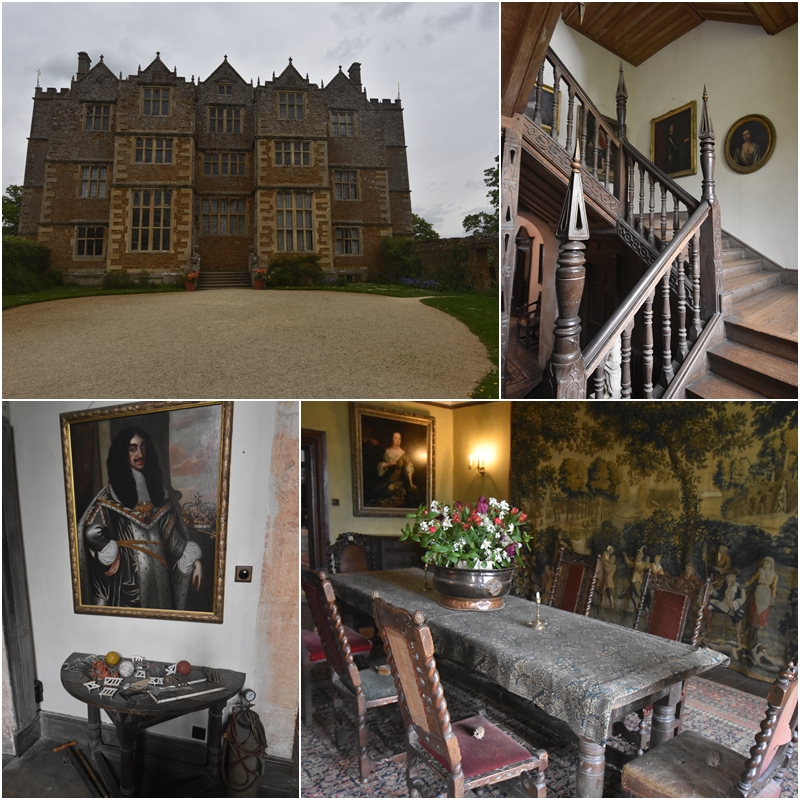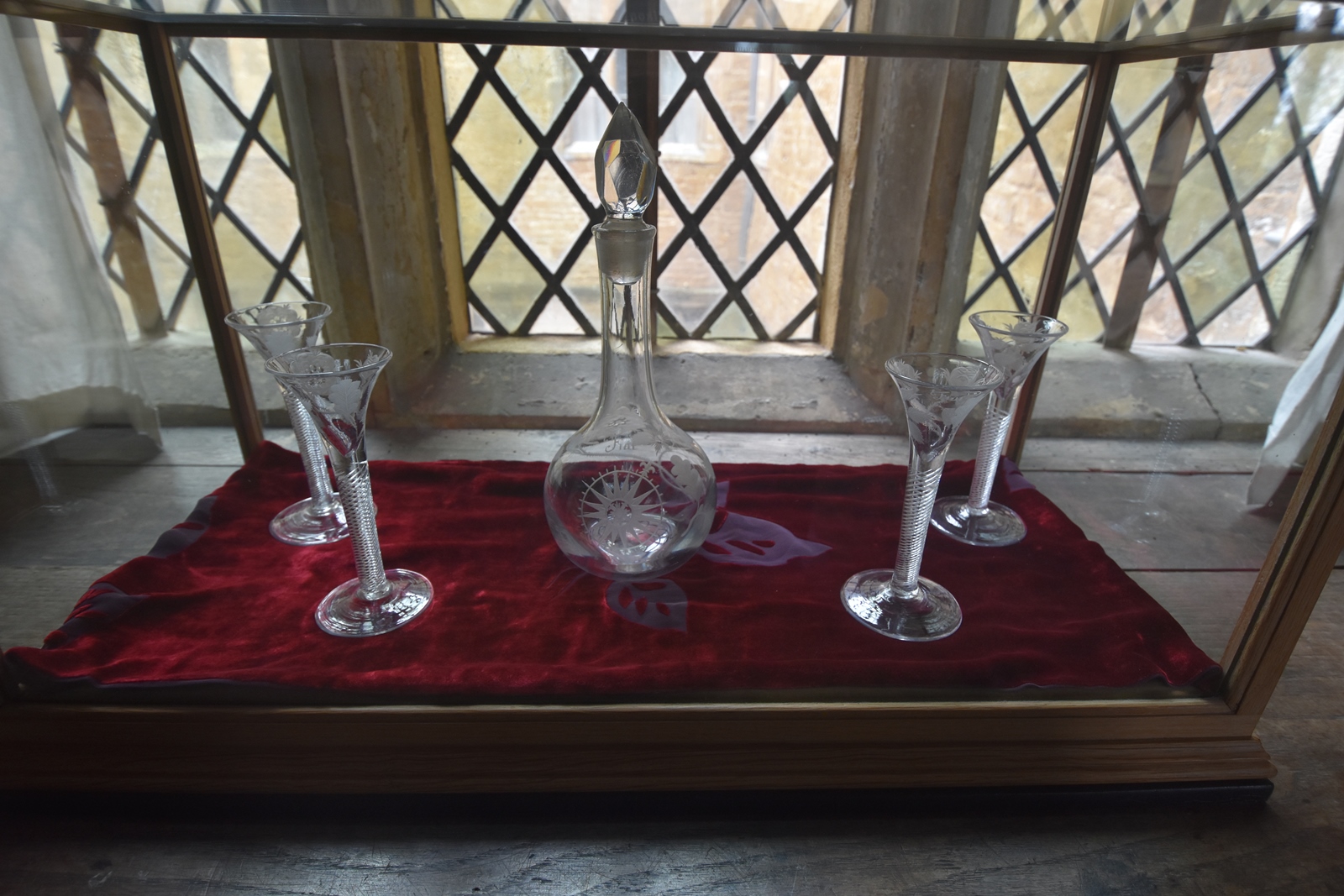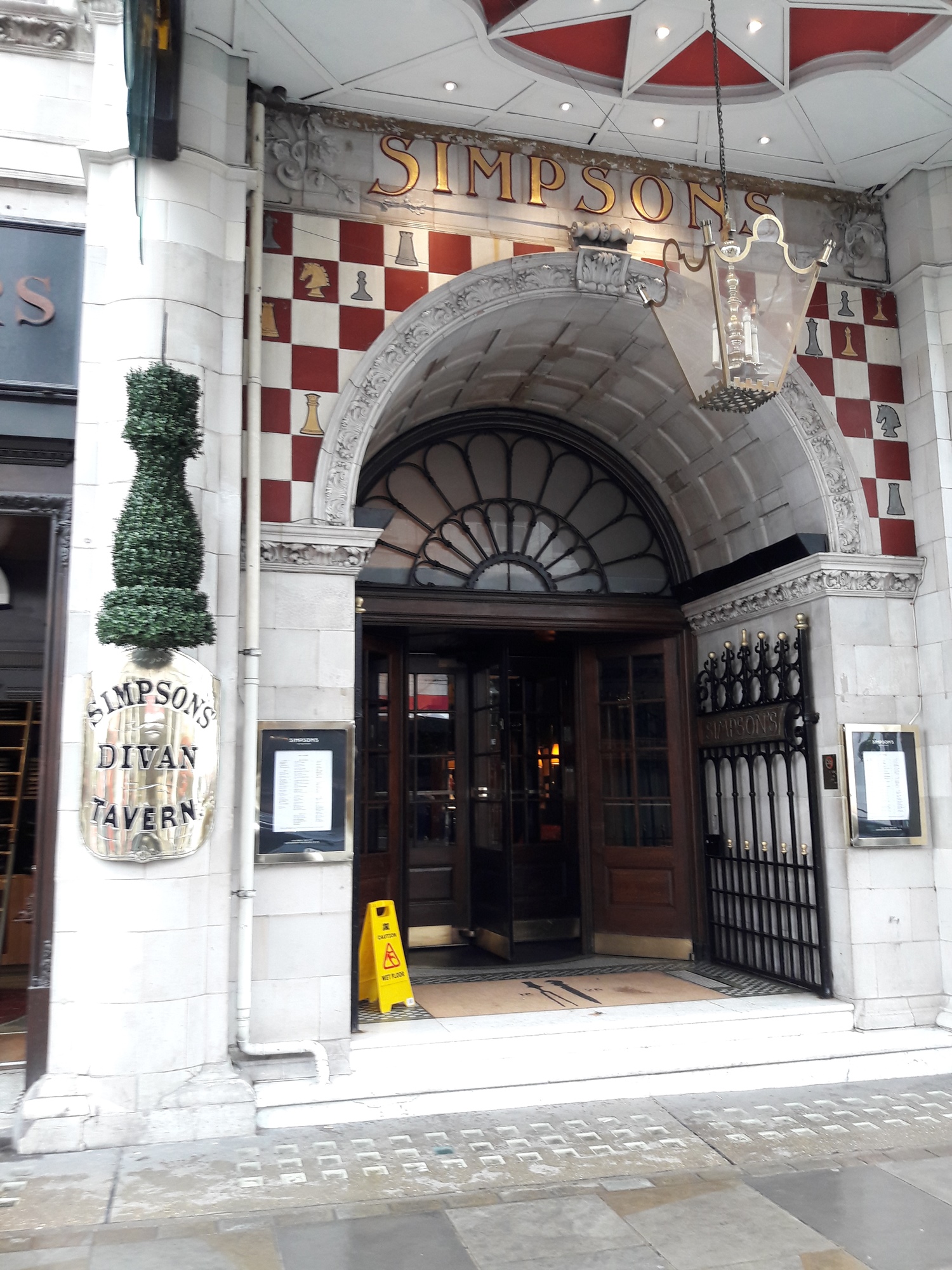| Back to Back Issues Page |
 |
|
Essentially England News - Caught in a Time Warp June 10, 2018 |
Caught in a Time WarpWelcome to the June edition of Essentially England News! I'm not sure if time passes faster as I grow older or if I'm just busier than I used to be... but May went like a flash. But we managed a couple of lovely days out I'd like to share and that sort of makes up for it. Imagine your family built a house and then, not long after, your business declines and money becomes a bit hard to come by. So, instead of modernising and redecorating the house as fashions change, generations of chatelaines work their socks off simply to keep it standing. Until, four hundred years later, you have a slightly shabby, somewhat faded Jacobean house that looks still mostly as it did when it was built.  Chastleton House is such a place. Built between 1608 and 1612 by a man who made his money as a wool merchant, the house then didn't so much fall into decline as faded very slowly. When it was given to the National Trust a few years ago, they made the decision not to renovate and restore it, but to make it safe and keep it the way they found it. So what you're left with is a house caught in time warp. And it's fabulous. I'm sure that over the previous four hundred years quite a few of the family's valuables have been sold, but some very intriguing items are left - showing off the family's connection to events like the execution of King Charles I, the Gunpowder Plot, and the game of croquet. Finding the hidden messages in what seem to be - at first glance - everyday objects never ever bores me.  Like this decanter set which, if found, could have resulted in a charge of treason. Can't see anything treasonous? Look closer. Oak leaves show the family's support for the Stuart cause. There's a rose for the Old Pretender and the Jacobite Rebellion. The smaller rose commemorates Bonnie Prince Charlie and the rebellion of '45. And the rosebud remembers the Duke of York. In the days of George I, in a country wholly Protestant, none of that would have gone down well. Chastleton, left largely untouched, has many such stories and maybe even the very bible that King Charles I prayed over minutes before he laid his head on the block. Add interior decor that's hardly been changed over the years and a mostly Jacobean garden with a 400-year-old mulberry tree, croquet lawns and some stunning topiary... and you have a wonderful day out and maybe even the inspiration for a novel or two.
Sherlock and the Ten Deadly Sins
Simpson's-in-the-Strand has long been on our list of restaurants to try. Last month, we finally made it and found another time warp place. Now owned by the Savoy Group, Simpson's started life in 1828 as a chess club and coffee house. When chess matches were played against other coffee houses, top-hatted runners went back and forth to relay the moves. Over time, Simpson's became well-known not just for chess, but for looking after the players supremely well. They served roast meats from huge silver-domed trolleys that could be wheeled up to the player's table so as not to interrupt the game. And it didn't end there. Roasts, oysters, steak, pies and gravy... traditional food what was Simpson's did best. And they did few things better than breakfast. If you were in need of a substantial start to the day, you'd head to Simpson's. And if you were truly famished you'd opt for the most magnificent of all breakfasts: The Ten Deadly Sins. Which is everything you ever thought of having for breakfast and then some. Simpson's was an institution - Sir Arthur Conan Doyle sent Sherlock Holmes and Dr. Watson to dine there on more than one occasion - but even institutions need the occasional facelift, and last spring the restaurant shut its doors for a well-deserved overhaul. The last such had taken place in 1903... which makes it clear that the owners didn't want to mess with a good thing. They didn't this time around, either. The chess connection is strong, the decor is how I imagine an old-style gentleman's club - all art deco decor, tiles, potted palm trees, panelled walls, and leather - and despite its size and height the dining room feels warm, inviting, and downright comfortable. Back in its heyday, ladies wouldn't have been allowed in Simpson's dining room. The restaurant had separate ladies' dining rooms upstairs, where gentlemen could treat their guests to dinner, but the main restaurant was reserved for gentlemen only. When did that change? As recently as 1982! I'm glad we visited when we did, as I wouldn't have liked to miss out on the experience. Service is fast, efficient and friendly, and the menu got a bit of a makeover, too. The famous silver-domed trolleys serving roast beef and lamb are still very much present and Simpson's focusses on traditional food as much as it always has, but there's a deft modern touch in evidence now. Puffed capers added an unusual touch to fishcakes with lemon gribiche sauce, as much as rhubarb and honeycomb with salt-baked beets and goats curd. Our main courses were more traditional: Lord Woolton Pie with mash, peas and parsley sauce got extra points for the fabulous pastry. Braised pork belly was meltingly tender and the pickled radish and burnt apple sauce, which reminded me somewhat of spiced plum jam - added just the right kick. Simpson's has teamed up with a brewery in Ilkley, Yorkshire, who produce a dinner ale in the style of the 1800s for the restaurant - and I just had to try this. Fresh, light and grapefruity with a nice bitter finish, it complemented the pork beautifully. Would we recommend Simpson's? Without a doubt. Would we go back? Immediately. And yes, I will try my hand at experimenting with Lord Woolton Pie, which itself has an interesting history, and will report back in due course.
And Next Month …I didn't get around to the promised asparagus flatbread this month. Actually, I didn't get around to recipes, full stop. So I may have to make up for that next month. ;-)Until then, please take care.
|
| Back to Back Issues Page |
